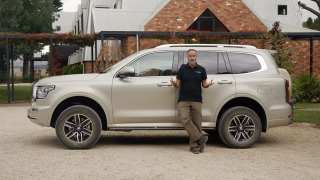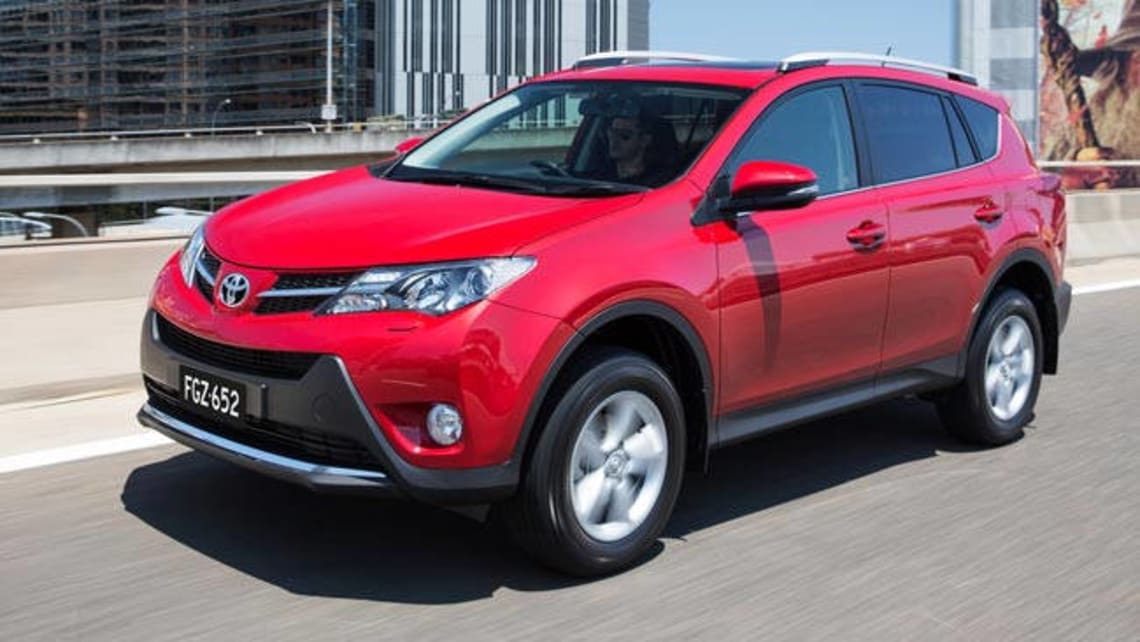
Why we love imported cars

The Australian car industry may be on its knees but our choice of new cars has never been as vast -- or as cheap -- as it is today. And we're living it up.
The strong Australian dollar and a Yen that has been deliberately weakened by the Japanese government have created perfect conditions for local buyers.
For example, the latest versions of the Toyota Corolla, Nissan Pulsar, Mazda3 and Toyota RAV4 cost the same or less than they were in the late 1990s and early 2000s -- even though the cars are loaded with more equipment.
Another stark example: Honda Australia has reverted to sourcing some of its cars from Japan rather than low-cost Thailand where it imports most of its vehicles from -- because it can get a better deal.
Using the Toyota RAV4 as another example, in 1994 the cost of the first Toyota RAV4 was equivalent to 40 weeks earnings. In 2013 the cost of a new Toyota RAV4 is equivalent to less than 21 weeks of earnings.
Over the past 20 years the CPI has risen 64.8 per cent. If car prices increased in line with the CPI, the most basic Toyota RAV4 would cost more than $47,600 today.
Now consider import tariffs. They were at 27 per cent in 1995; they’re now 5 per cent for most countries except North America and Thailand with which Australia has Free Trade Agreements and therefore have a 0 per cent tariff.
“There is no place that I’m aware of in the free world that has the number of brands per 1 million sales as Australia,” says the boss of Nissan Australia, William Peffer. “There are low [import] barriers to entry, anyone can compete. I think the ultimate winner here is the customer.”
There are more than 60 brands in Australia competing for 1.1 million annual sales, compared to about 40 in the USA (which has a market of about 14 million) and the UK (which has a market of about 2.5 million).
Holden is hurting most as a result of the current market conditions. “The sharpest prices we’ve seen in decades have been driven by interventions by foreign central banks,” says Holden director of government and corporate affairs Matt Hobbs. “It’s an issue that Australian government needs to be aware of. We have not seen this sort of currency pressure since the 1970s.”
This reporter is on Twitter: @JoshuaDowling










Comments